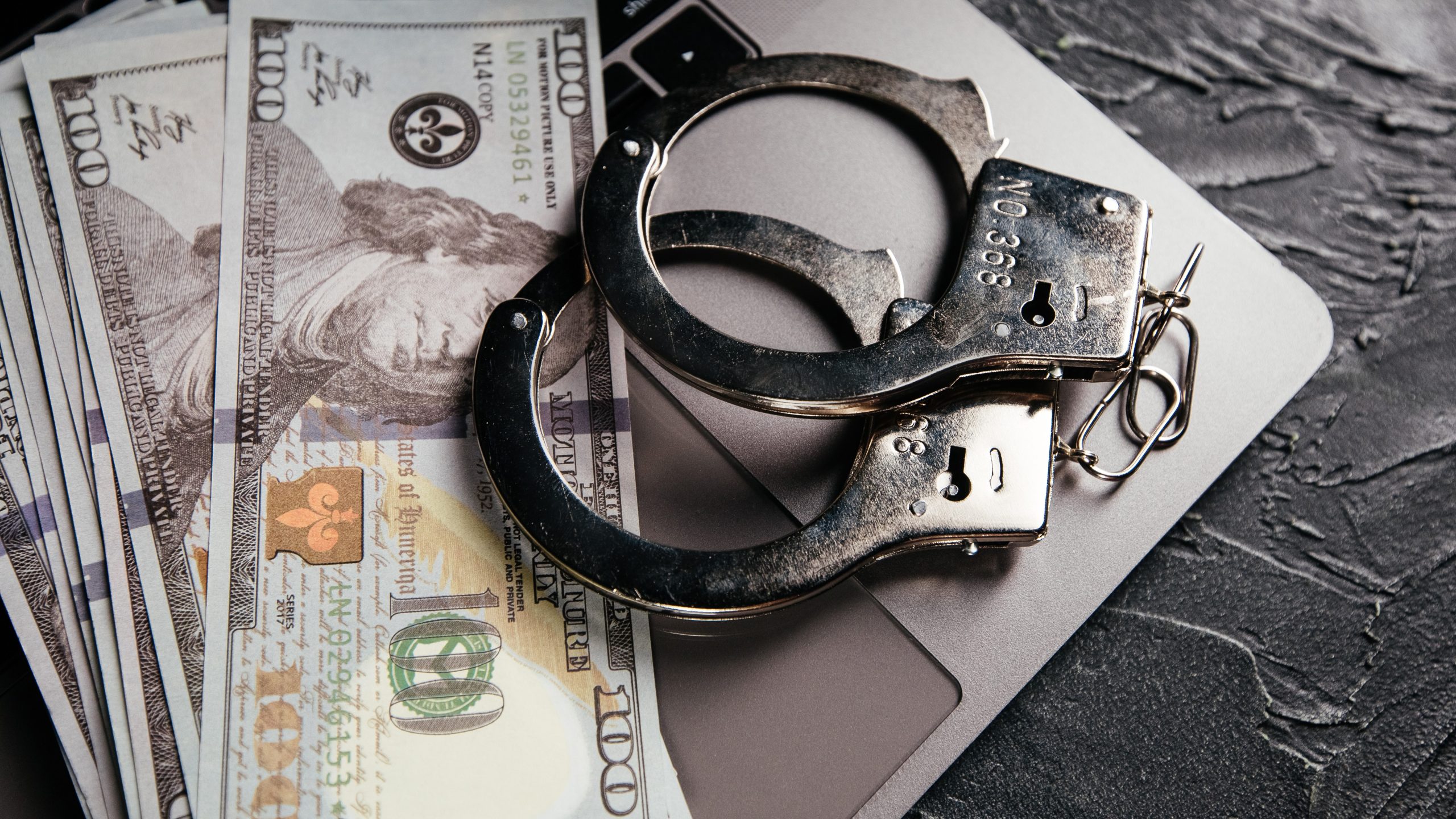Money laundering and financing of terrorism is not going to let up anytime soon. Research has shown that dirty money pours into the world’s most powerful banks, and in some instances, both governments and banks are complicit in the failure to stop the flow of dirty money in the system. In addition, the methods used to launder money and finance terrorism are constantly evolving, making them more difficult to detect and even harder to mitigate. It has got to the point where ordinary people are being made use of to perpetrate the most insidious of crimes without them even realising it. This has moved the US Department of Justice’s Office of Prosecutorial Development, Assistance and Training (OPDAT) to help certain countries in their efforts to investigate and prosecute activities related to money laundering, terrorism and terrorism financing.
Aaron Lucoff, OPDAT’s Resident Legal Advisor, spoke on the topic of Anti-Money Laundering and Countering Financial Terrorism (AML/CFT) at the IERP International Conference 2020. AML/CFT efforts will carry on and intensify because money launderers and financiers of terrorism are becoming more creative with their efforts, he said. While the two terms are often used in conjunction with each other, money laundering refers to efforts made to conceal revenue in order to evade taxes, which is a crime. Terrorism financing is different; it involves raising, storing and moving money to further ideological goals that involve violence like terrorist attacks.
The money involved in money laundering is always illegal whereas terrorism financing can originate from legal funds but turned to illegal use. Terrorism financing is, of course, unacceptable because it almost always involves violence, damage and destruction to lives and property but while it is acknowledged as bad, not many people know how bad money laundering really is. It has far-reaching implications and consequences, and its effects are often felt for a very long time afterwards. Lucoff said that money laundered worldwide makes up about 2%-5% of global GDP, or about US$1.4 trillion annually. In the Asia Pacific region alone, money laundering is estimated at US$166 billion every year.
“Money laundering is bad because it supports crime,” said Lucoff. “More crime means more violence, drug abuse, theft and fraud. Crime has a direct impact on society. Money laundering also unfairly shifts the tax burden to those who are already paying taxes because laundered money is untaxed money.”
Additionally, it creates an uneven playing field; businesses find it difficult to compete against other firms which are subsidised by laundered funds. To further complicate the situation, money laundering has become increasingly sophisticated in the past few years. Technology has allowed new players to enter the field, he added, and money is moving more quickly than ever. It is getting harder to seize; criminals are getting better at hiding it.
Four areas which have come under increased official scrutiny where laundering is concerned are transactional laundering, digital wallets, prepaid cards and virtual currency. Transactional or “ghost” laundering involves the setting up of merchant accounts, particularly for online stores, and legitimate payments that look like clean transactions. These accounts process transactions that occur elsewhere or are made on fake or illegal goods. Criminals set up a “front” that looks like a bona fide website which takes legal payments. Also, legitimate systems may be hacked by criminals who use it to pay for illegal goods or launder money without the knowledge of the company which legally owns the website.
He quoted an example of how a terrorist who was being funded by ISIS managed to obtain money legitimately by setting up a website selling printers. ISIS transferred the money on the pretext of buying printers. Everything looked legitimate except that the money obtained in this manner was channelled towards planning an act of terrorism. Digital wallets, which function as peer-to-peer networks, can now replace debit cards. This enables money to be sent to anyone around the world. Prepaid cards, too, have been used for a long time by money launderers and those engaged in terrorism financing. The Sinaloa cartel in Mexico is known to have used this method in their drug trafficking activities.
Virtual currency has the ability to move money faster and more anonymously online, making it easier to hide as well. Also, different jurisdictions have different laws to deal with virtual currency; in some areas, laws do not yet exist, or the laws that are available may not be robust enough to deal with the severity of the crime. There may be no programs in place to check abuse or police the systems in use. There have been instances of terrorism financing utilising money laundering methods, bolstered by increasingly sophisticated technology. Lucoff cited the example of terrorists soliciting financing for their operations via Bitcoin donations.
Al-Qaedah and ISIS have already been detected as having utilised this. ISIS has even been known to market fake Personal Protective Equipment (PPE) on the Internet – then diverting the proceeds to their terrorist activities. Technology’s exponential development has aided the growth of industry and uplifted the standard and quality of life, as well as abetted the expansion of criminal activities. Lucoff said that techniques to combat money laundering and terrorism financing are still evolving but people need to get involved to make these more effective and prevent more crime from happening. There needs to be partnership between the public and private sectors to police such activities. Both sectors need to keep watchful eyes on how money flows, and how launderers and terrorists slip it into the system.


























